ME Hunt Roundup, How We Found ‘Em
Before our Maine hunt we wondered whether 8 days in a row of grousin’ was too much. Would we physically hold up? Would the weather (and whether we got into birds) make the time go fast or make it feel like a slog? Didn’t have a clue, but we were thinking about it so we had a little doubt.
Turns out we shouldn’t have worried. Unlike last year, the weather held up – pretty much completely cloudy, a drizzle on and off, but not day after day of storms like last season – and we got into the birds. And the last day, day 8, we got into them big time because everything came together.
Before getting into what we found – how we solved our particular puzzle – we’d like to give a big shout out and thank you to the folks who emailed and Facebooked tips on areas to check. Few things about that:
> No one gave us particular covers or GPS coordinates, as expected and we wouldn’t want ’em anyway for the same reason.
> Just about every time we’ve acted on tips before, we’ve been burned. The difference this time – and the reason we decided to check them out – was that these were tips from diehard birders (vs. sporting goods store folks, for example) who hunt in the Rangeley area.
> We were surprised at how much Serious chicken-chasers want to help each other. So thanks much to all who offered suggestions.
That outta the way, here we go.
Day 8
Believe it or not, on day 8 we hunted yet another new area. Even though by then we’d established a milk run of spots – though some were pretty darn far apart – we just couldn’t go home knowing we didn’t try an area…particularly one Brendan had done some Google Earth research on.
Took us a while to get there, and honestly we didn’t mind. After a week of being our own bird dogs, high-stepping (and tripping) over alders and the rest of the circus that’s ruffie hunting, we were beat!
We drove past some likely-looking spots that were close to what we wanted to see, but not close enough. These were river bottoms with islands of pine/fir (key that week, for some reason) and alders. We knew they’d hold a bird or two – just about any area up there does – but we were after concentrations of birds, not one-offs.
Finally we came to a spot we couldn’t resist – plus we were impatient to get out of the truck and hunt already. Here were the keys:
> Islands of pines
> The area ran downslope to what we presumed was a wet/damp area
> Trees of the right diameter that included birch
Taking those one by one:
> Islands of small-diameter pines were key that week. No clue why. It wasn’t raining, it wasn’t cold (if anything it was a bit warmer than we expected, in the 50s), it wasn’t too hot and other cover was nearby. But for some reason the grouse (plural) were often in those pines.
> We’d heard Maine had gotten a lot of rain in the spring and summer, and we could tell by the amount and height of ground vegetation. So we wondered whether our wetness-loving chicken friends would’ve moved away from wet areas. They hadn’t.
> In previous installments we talked about how young beech/maple regrowth wasn’t good. It might have a bird or two, particularly if near a wet area, but it was largely sterile. No tweeties even. But if it had some birch – aspens better, but birch okay – it was different. Not sure why, not sure if birch meant the soil was more moist or what (anyone know?), but birch meant it was better.
So what made us stop at the first spot on day 8 was that we saw dense regrowth of beech plus maple but with birch. Ferns on the ground meant it was wet. The area also sloped downhill, where we saw some pine islands and raspberry openings, and we figured it was wetter with alders down below.
We had a good feeling. But even so, halfway down that spot we hadn’t bumped a bird and started to wonder if we miscalculated. We stopped (Brendan and Jay, remember Sean had gone home that morning), discussed whether we should turn around – and then a bird flushed.
Game on.
We flushed that bird a couple more times, never got a shot at it. But we chased it downhill, and that put us in the territory we wanted – which again was a combination of pine/fir and birch/beech islands, an overall damp feel and raspberry or even grass openings (“even grass” because in our experience grouse don’t like tall grass).
The creek bottom was what we call “sterile” – in this case meaning mature pines and few alders. Might have been a bird there, but we weren’t going to hunt it. So we headed back uphill. About halfway back up – near the edge of the top sterile area – a grouse flushed out of a pine island behind Brendan.
He shot twice, and then Jay saw a bird quarter across from him, pretty far away. He figured Brendan missed (Jay didn’t see the flush), so shot twice at that bird – and then another grouse flushed! It was nuts and awesome…and of course the last flush was the easiest shot.
We didn’t hit either bird, which we determined after spending a looooong time looking for them (and as it turned out later reflushed them). We ended up stomping around that cover for probably another hour, flushed a bunch of birds and Brendan shot two within a couple minutes of one another.
Tally for spot one: 15 grouse flushes, 2 woodcock flushes, 2 grouse down. We were fired up!
– End of part 1 of 2 –
Category: 2011-12 reports, Hunt reports, ME, Ruffed Grouse, SBH, Tips, Woodcock

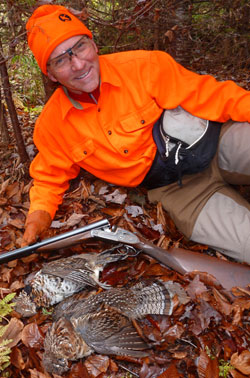
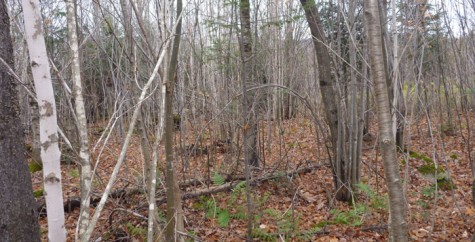
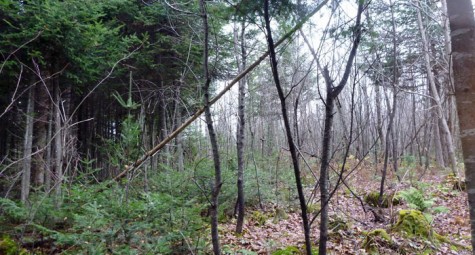




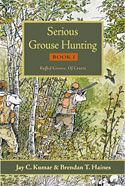

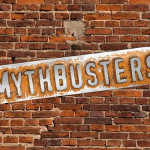
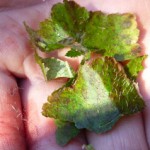
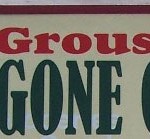
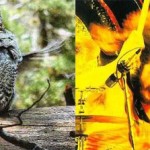
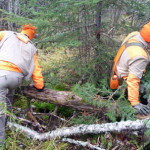
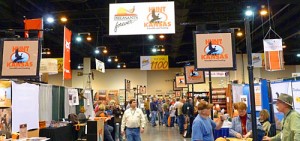
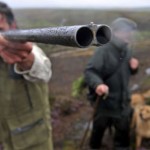
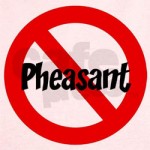
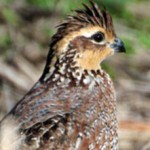
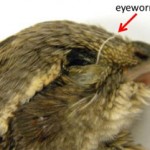
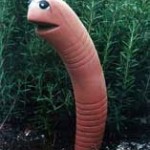
Guys, you call islands of pine a sterile area, I call it good roosting cover,especially when the area around the pines is good habitat. In areas where predation is high, grouse use pines for roosting, the density of the pine boughs keeps owls from killing grouse on roost. I have seen as many as 6 grouse roosting on the same branch in a spit of pines.
Our hunts this year have found birds in odd cover. We found birds in three year old clear cut and mature hardwood. A water source or a marshy area seemed to be the coinsiding factor. The birds we shot in the heaier cover were mature birds and conversly the birds we shot in the hardwoods were stupid yearlings.
To clarify, we felt most beech/maple and mature pines were “sterile.” Agree that islands of younger pine are good roosting. We found mostly immature birds there….
You guys need to check out Northern Maine. The North Maine Woods specifically going through the St.Francis gate. It is amazing scenery and awesome grouse hunting. The birds are absolutely everywhere. This coming from a native.